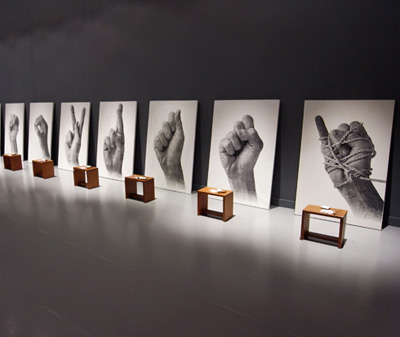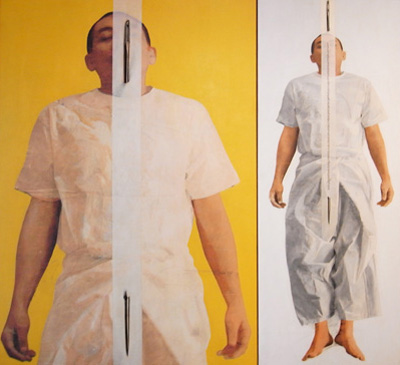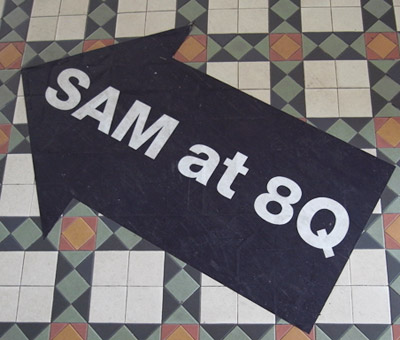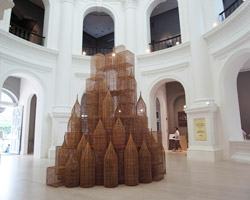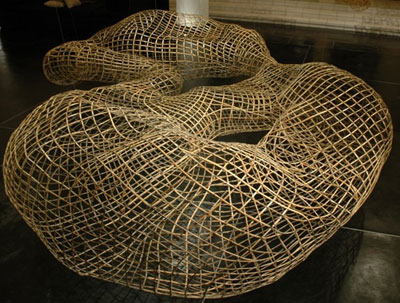KEEP UP WITH OUR DAILY AND WEEKLY NEWSLETTERS
PRODUCT LIBRARY
with behemoth installations, scandinavia's largest exhibition of anish kapoor's works opens at ARKEN museum.
connections: +390
we're getting ready for the pre-opening launching today until friday, with public access scheduled for the 20th.
connections: 13
designboom speaks with french artist JR about la nascita, his new monumental rock installation just outside milan central station.
the 'poet of iron', as dubbed by his colleagues, passed away at his home in orient, new york, after a battle with pneumonia.
connections: +110
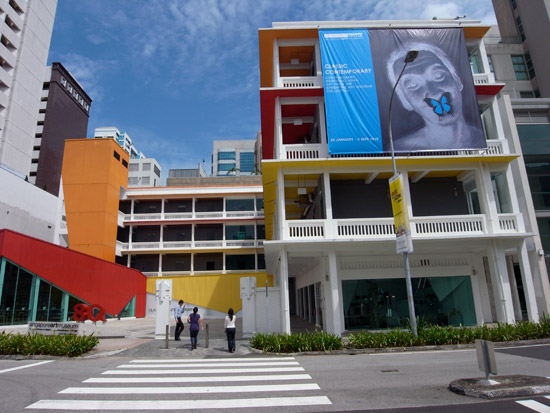
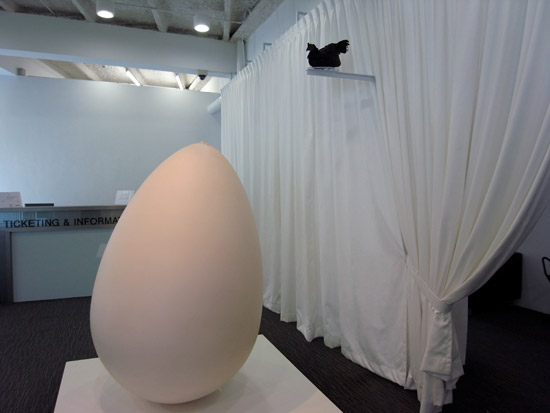 ‘cemani, telur, tai kapur’ (translated as ‘chicken, egg, chalk shit’) by handiwirman saputra, 2008 image © designboom
‘cemani, telur, tai kapur’ (translated as ‘chicken, egg, chalk shit’) by handiwirman saputra, 2008 image © designboom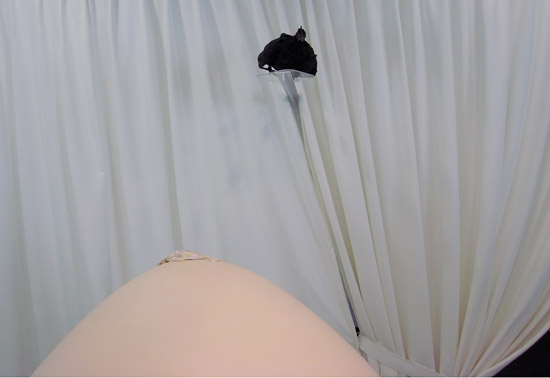 detail image © designboom
detail image © designboom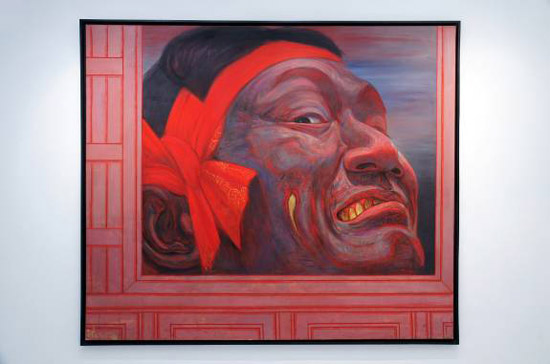 ‘you inside, are you still OK?’ oil painting by chatchai puipa, 1997 image © designboom
‘you inside, are you still OK?’ oil painting by chatchai puipa, 1997 image © designboom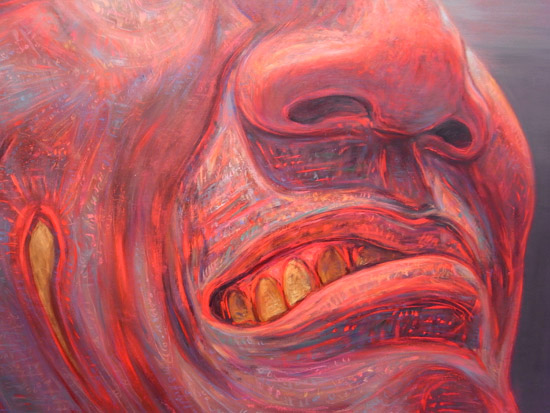 close-up to the mai pen rai (never mind, it’s OK) attitude image © designboom
close-up to the mai pen rai (never mind, it’s OK) attitude image © designboom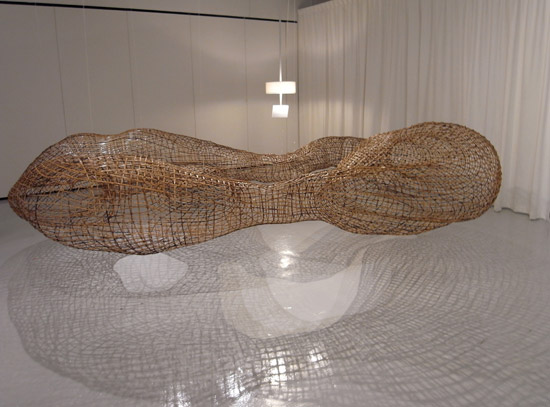 ‘cycle’ by sopheap pich, 2006 image © designboom
‘cycle’ by sopheap pich, 2006 image © designboom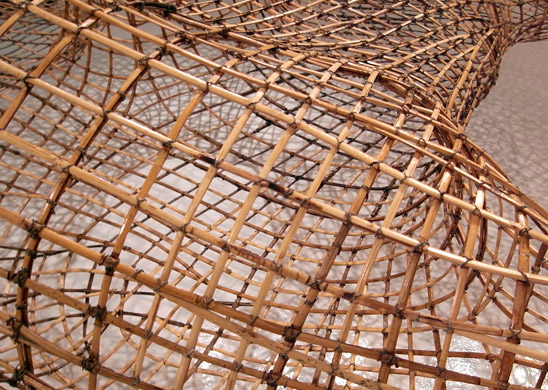 detail of ‘cycle’, rattan and wire image © designboom
detail of ‘cycle’, rattan and wire image © designboom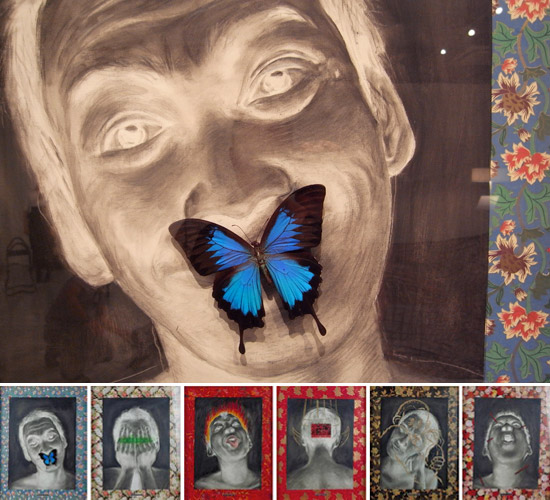 ‘cindera mata a la indonesia’ (souvenir from indonesia ) by agus suwage, 1996 (series of six) image © designboom
‘cindera mata a la indonesia’ (souvenir from indonesia ) by agus suwage, 1996 (series of six) image © designboom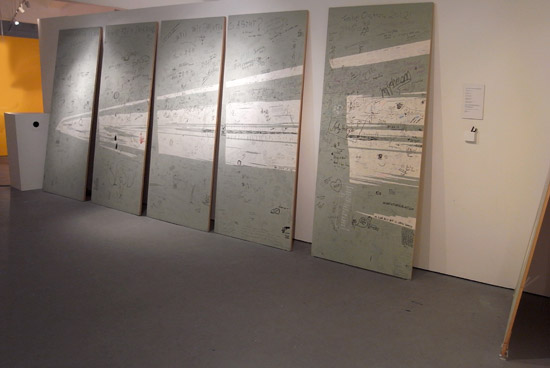 ‘self portrait – interrogation of an image’ by matthew ngui, 1999 6 plywood panels, markers, camera with stand image © designboom
‘self portrait – interrogation of an image’ by matthew ngui, 1999 6 plywood panels, markers, camera with stand image © designboom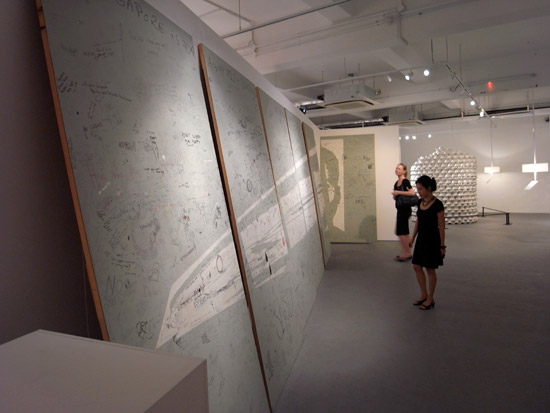 joyce toh (curator of this exhibition) explains to anita hackethal (designboom) the ‘self portrait – interrogation of an image’ image © designboom
joyce toh (curator of this exhibition) explains to anita hackethal (designboom) the ‘self portrait – interrogation of an image’ image © designboom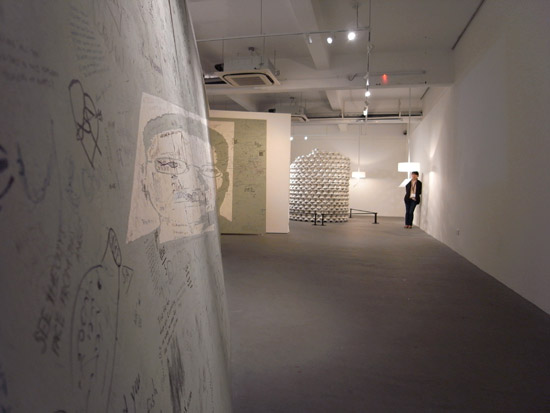 the portrait comes into focus only when seen from a specific angle image © designboom
the portrait comes into focus only when seen from a specific angle image © designboom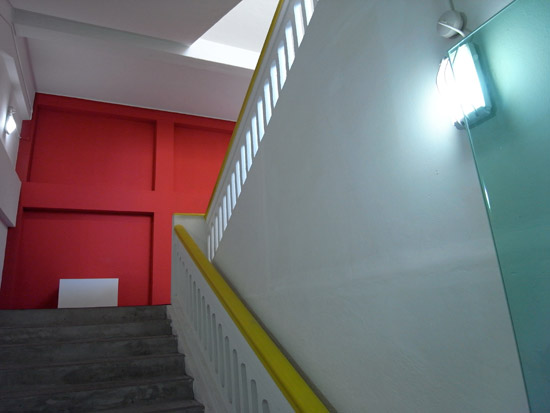 stairways image © designboom
stairways image © designboom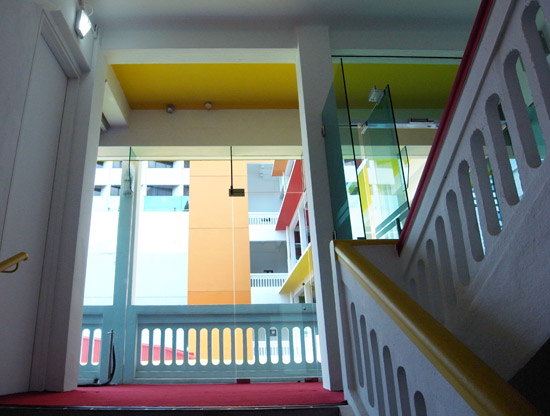 first floor image © designboom
first floor image © designboom